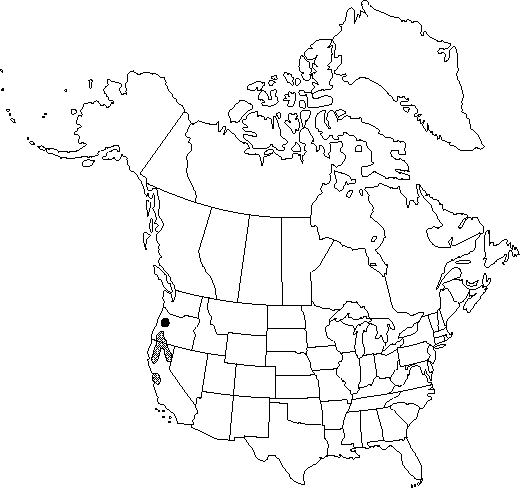Difference between revisions of "Enemion stipitatum"
Bull. Misc. Inform. Kew 1920: 160. 1920.
Common names: Siskiyou rue-anemone
EndemicIllustrated
Basionym: Isopyrum stipitatum A. Gray Proc. Amer. Acad. Arts 12: 54. 1876
Treatment appears in FNA Volume 3.
FNA>Volume Importer |
imported>Volume Importer |
||
| (One intermediate revision by the same user not shown) | |||
| Line 59: | Line 59: | ||
|publication year=1920 | |publication year=1920 | ||
|special status=Endemic;Illustrated | |special status=Endemic;Illustrated | ||
| − | |source xml=https:// | + | |source xml=https://bitbucket.org/aafc-mbb/fna-data-curation/src/2e0870ddd59836b60bcf96646a41e87ea5a5943a/coarse_grained_fna_xml/V3/V3_354.xml |
|genus=Enemion | |genus=Enemion | ||
|species=Enemion stipitatum | |species=Enemion stipitatum | ||
Latest revision as of 21:48, 5 November 2020
Stems 3-12 cm, cespitose, not rhizomatous; roots tuberous. Leaves abaxially glabrous; leaflets entire or deeply 2-3-lobed, apex rounded, glandular-apiculate. Inflorescences axillary, flowers solitary; peduncle strongly clavate. Flowers: sepals 3.5-6 × 1.4-2.5 mm; stamens 8-15; filaments flat, narrowly triangular, 1.9-3.2 mm. Follicles stipitate, upright and appressed; body oblong, 4-8(-9) mm, abruptly contracted into style beak; beak 0.5-1.5 mm. Seeds 0.9-1.4(-1.7) mm, glabrous.
Phenology: Flowering late winter–early spring.
Habitat: Shaded shrubby areas, oak woodlands, and moist deciduous or mixed evergreen forests, occasionally in open pastures
Elevation: 200-1500 m
Discussion
Selected References
None.
Lower Taxa
None.

